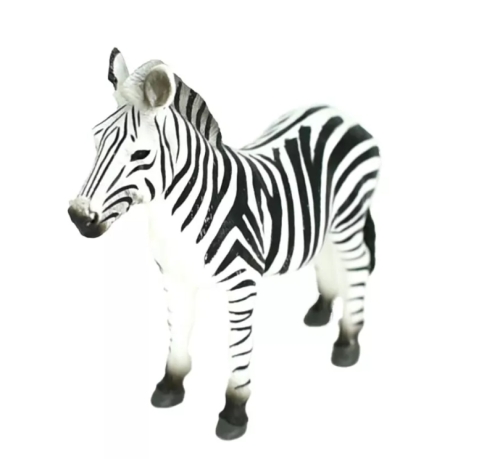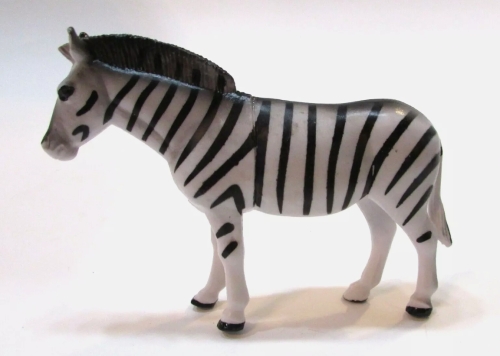Zebra modeling is an important biological and ecological tool that helps to understand the adaptation and evolution of animals in their natural environment by simulating zebra behavior and survival strategies. As a social animal, the social and behavioral patterns of zebras provide rich materials for the study of animal behavior.
This model emphasizes the relationship between group dynamics and individual behavior. In zebras, individual decision making is not only influenced by their own state, but also stimulated by the behavior of their peers around them. By observing how zebras respond to pressures such as food, predators, and reproduction, the researchers were able to reveal the delicate balance of group collaboration and competition. The complexity of this interaction is detailed in the model, allowing the researchers to simulate the dynamics of zebra populations under different environmental conditions.
In addition, zebra models provide new perspectives for understanding reciprocal relationships in ecosystems. Zebras depend on grassland plants for food, and their feeding habits make them an important part of the ecological chain. By looking at zebras' impact on plant populations, researchers can infer what role they play in maintaining biodiversity and ecological balance. At the same time, zebra migration behavior also provides clues for the study of the adaptability of organisms to environmental changes, especially in the context of climate change and habitat destruction, how zebras adjust their migration routes and breeding seasons will have a profound impact on ecological research.
At the application level, zebra models can also be used to design ecological conservation and management strategies. By simulating the effects of different management practices on zebra populations, it can help develop effective conservation plans to deal with threats posed by environmental change and human activities.















